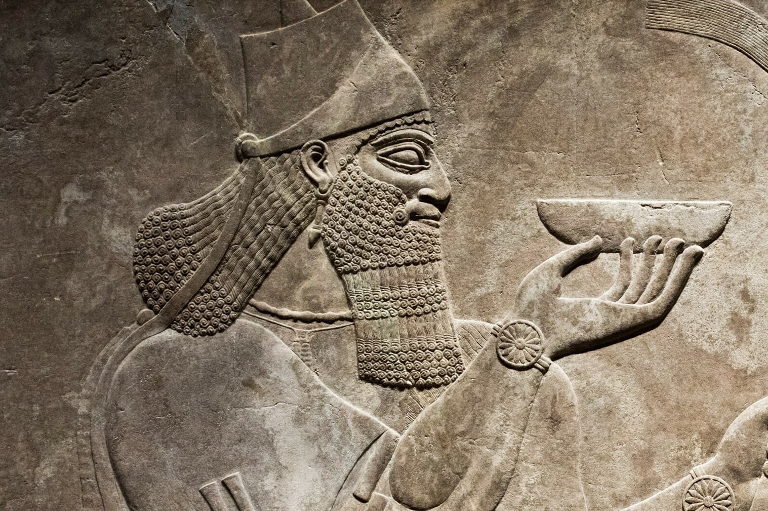 …and forgive them their debts
…and forgive them their debts
Lending, Foreclosure and Redemption
From Bronze Age Finance to the Jubilee Year
In …and forgive them their debts, renowned professor of economics, Michael Hudson – and one of the few who could see the 2008 financial crisis coming – takes us on an epic journey through the economies of ancient civilizations. For the past 40 years in conjunction with the Harvard Peabody Museum, he and his colleagues have documented the archeological record and history of debt, and how societies have dealt with (or failed to deal with) the proliferation of debts that cannot be paid. In the pages of …and forgive them their debts, readers will discover shocking historical truths about how debt played a central role in shaping ancient societies. Perhaps most striking of all is that – in a nearly complete consensus of Assyriologists & biblical scholars – the Bible is preoccupied with debt, not sin.
In all eras – from antiquity to the present – debts have tended to mount up faster than the ability of most debtors to pay. That is a basic mathematical fact: Economic growth is arithmetic and can’t keep up with the exponential growth of debt growing at compound interest.
The big economic question is – and has always been – what will happen if debts cannot be paid? Will there be a debt writedown in favor of debtors (as has been done for large corporations), or will creditors be allowed to foreclose (as is always done on personal debtors and mortgage-holders), leading to their political takeover of the assets of the economy – and the government’s public sector?
The problem of debt backlogs was created with the invention of interest-bearing loans in agrarian 3rd Millennium BC Mesopotamia. The remedy of record was the royal Clean Slate proclamation or Jubilee Year of debt forgiveness. These proclamations had three functions: (1) They restored financial balance by annulling the backlog of crop debts that had accrued; (2) they liberated indebted bondservants (and their families); and (3) they restored land tenure rights, enabling debtors to continue living productively on the land, pay taxes, and be available for military service and corvée labor.
Clean Slate debt cancellations (the Jubilee Year), used in Babylonia since Hammurabi’s dynasty, first appear in the Bible in Leviticus 25. Jesus’s first sermon announced that he had come to proclaim it. This message – more than other religious claims – is what threatened his enemies, and why he was put to death.
This interpretation has been all but expunged from our contemporary understanding of the phrase, “…and forgive them their debts,” in The Lord’s Prayer. It has been changed to “…and forgive them their trespasses (or sins),” depending on the particular Christian tradition that influenced the translation from the Greek opheilēma/opheiletēs (debts/debtors). On the contrary, debt repayment has become sanctified and mystified as a way of moralizing claims on borrowers, allowing creditor elites and oligarchs the leverage to take over societies and privatize their public assets, especially in hard times.
Historically, no monarchy or government has survived takeover by creditor elites and oligarchs (viz: Rome). In a time of increasing economic and political polarization, and a global economy deeper in debt than at the height of the 2008 financial crisis, …and forgive them their debts shows what individuals, governments, and societies can learn from the ancient past for restoring economic and social stability today.


